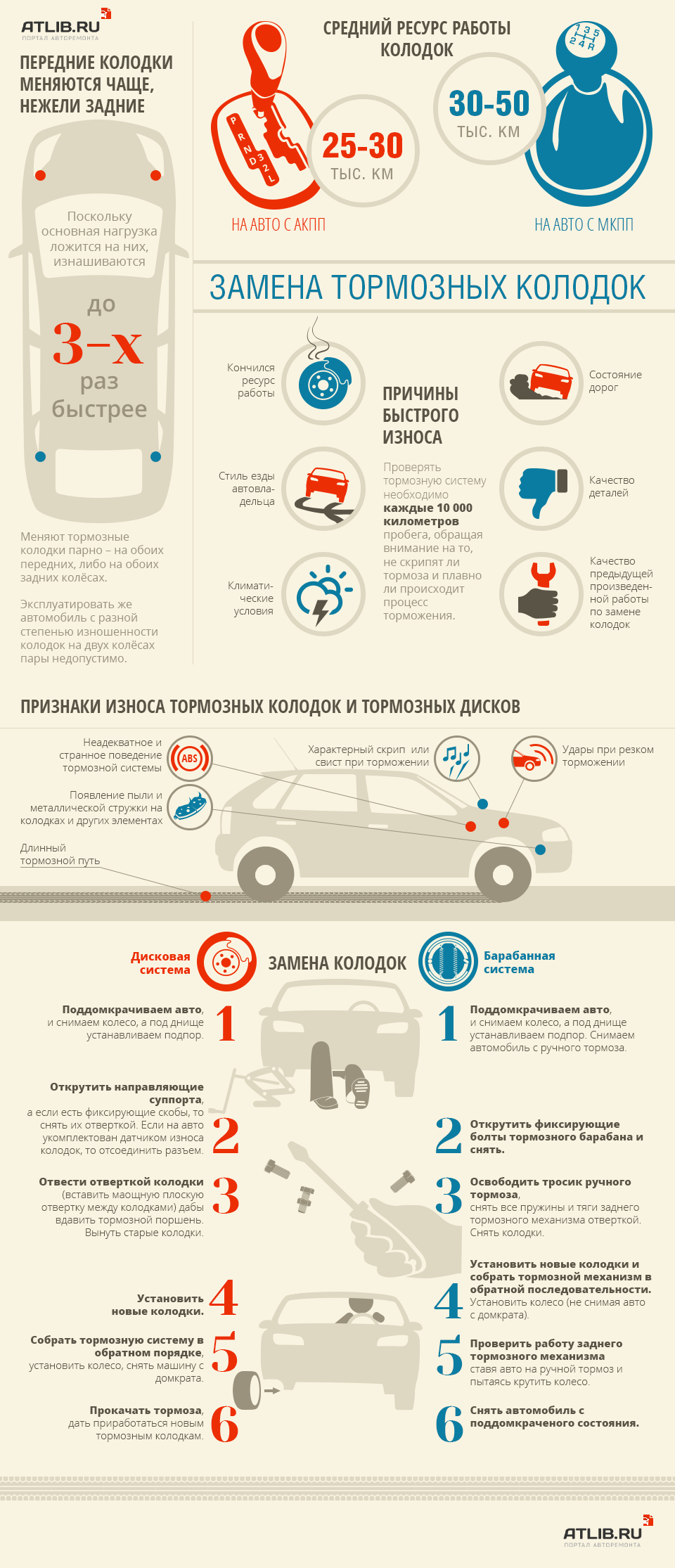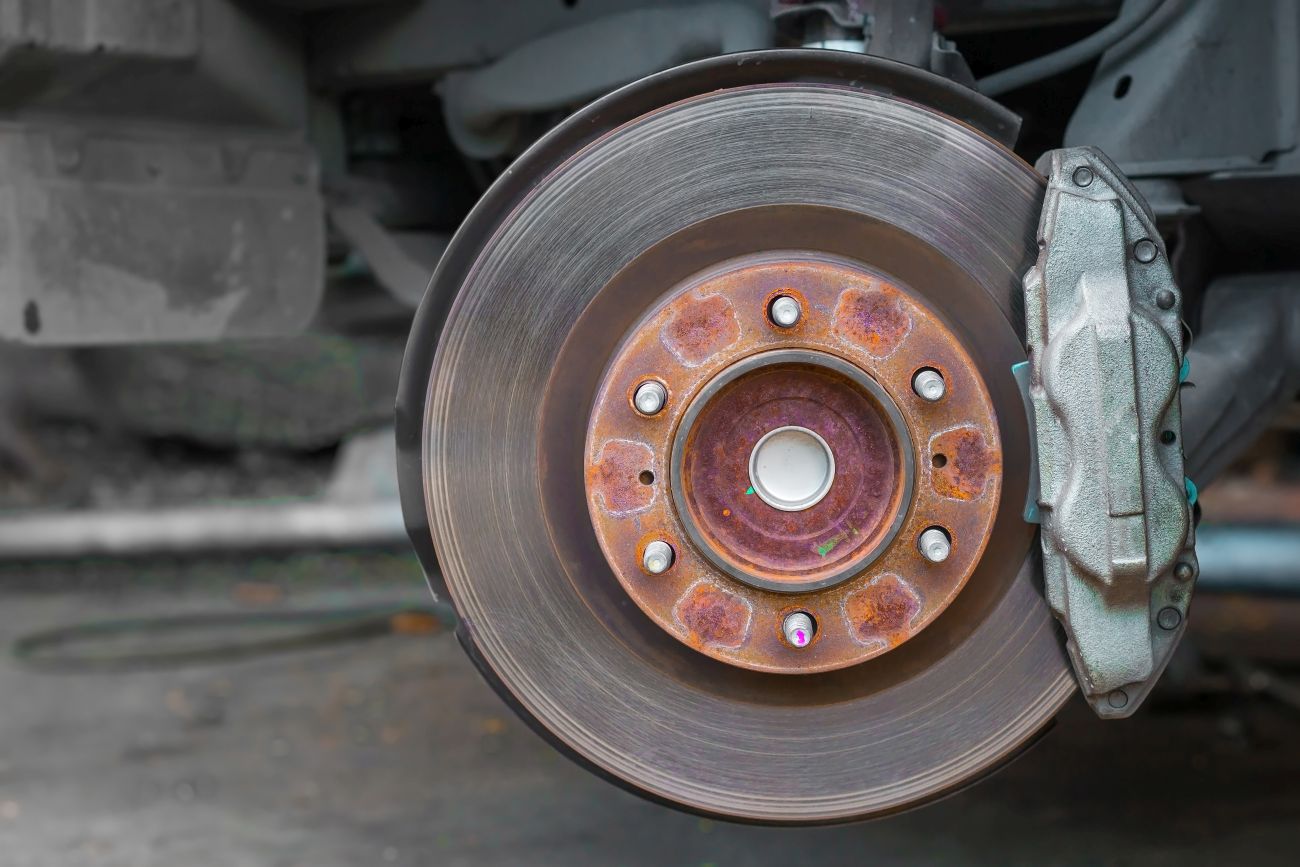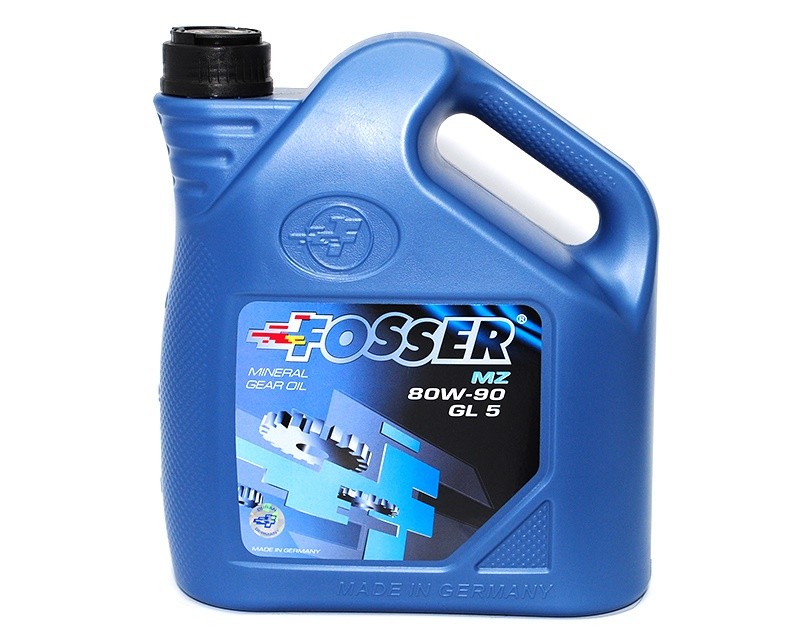
Replacement of brake pads. How to replace brake pads and brake discs in a car
Content
- The device of the brake system in the car
- How does the brake system work in a car and why is it necessary to change the brake pads from time to time?
- Abrasion of brake pads and replacement of brake pads and brake discs
- How long do brake pads last?
- Changing the brakes - can the driver specify when this should happen?
- When to change brake pads?
- Replacing discs and pads on older cars
- What else indicates wear and tear and the need to replace the brake pads?
- Can you replace brake pads yourself?
- Replacement of brake pads - workshop price
- How to replace brake pads step by step?
- Installing brake pads - what's next?
The brake pads may need to be replaced. As soon as you notice signs of brake pad wear, don't put off installing new parts. After all, pads are a very important element of the braking system, on which the safety of the driver and passengers directly depends. In our article, we offer how to replace brake pads step by step, on your own and how much it costs! We encourage you to read!
The device of the brake system in the car

Before we jump into a step-by-step discussion of what changing brake pads looks like, let's introduce some information about the brake system. Well, it performs a very important, if not the most important, function in a car. It consists of several important elements, namely:
- brake pads;
- brake discs;
- brake fluid;
- metal pistons with seals in brake calipers;
- brake pump;
- rigid and flexible brake lines.
How does the brake system work in a car and why is it necessary to change the brake pads from time to time?

The brake pedal in a car acts like a mechanical lever that activates the braking system. After pressing it, the pressing force increases and the master cylinder begins to pump brake fluid through rigid and flexible lines to the calipers. The fluid pressure increases and the force of the foot on the pedals actuates the metal pistons coming out of the calipers. The piston presses the working surface of the brake pad against the working surface of the brake disc. The frictional force of these two elements causes the car to slow down or stop immediately, depending on the force applied to the brake pedal. Over time, as a result of the aforementioned friction and, accordingly, the wear of parts, it is necessary to replace the brake pads.
The braking system of modern cars.

If you are the owner of a modern car that uses an electronic brake force distribution system (EDC), then the system checks it using speed sensors. It should be checked whether it is necessary to transfer more braking force to the rear or front axle, respectively. The distribution depends on which wheels have the best grip at the moment. If the car's ABS detects wheel slippage, it immediately reduces the pressure of the brake fluid sent to the caliper. It also introduces an impulse braking system to prevent the car from skidding and losing traction.
Abrasion of brake pads and replacement of brake pads and brake discs

The basis of the construction of the blocks is a steel plate, the basis on which the manufacturer places information, incl. about the production date. They also have a friction layer, i.e. working surface that rubs against the brake discs during braking. Between the friction layer and the steel plate there is also a connecting and insulating-damping layer. Many modern brake pads have additional damping elements so that they do not make unpleasant sounds when braking. Summing up, the pads rubbing their working part against the brake discs cause car slows down or stops. It goes without saying that changing brake pads and discs from time to time is an absolute must!
How long do brake pads last?

When using the brakes, the friction material of the brake pads wears out. They can have different wear resistance. Also important is the condition of the brake disc and the interaction between it and the pad. Brake pad replacement will be required faster for sporty, aggressive driving or frequent traffic jams. How long do brake pads last? The service life of branded, quality parts is, with proper use, even 70 XNUMX hours. mileage. A cheaper brake pad replacement requires replacement after about 20-30 thousand km. km.
Changing the brakes - can the driver specify when this should happen?

What symptoms indicate the need to replace the brake pads? And can the driver himself conclude that the pads are worn out? Of course! Even if you don't remember when the brake pads were last changed, the car will let you know that it's time to change parts. What symptoms indicate this? Read on to find out!
When to change brake pads?
It is assumed that when the thickness of the lining decreases to less than 3 mm or when it is unevenly worn, the brake pads must be replaced. The installation of brake pads may be recommended, for example, when visiting a workshop or an inspection point for a scheduled inspection. As a standard, it is supposed to replace the brake discs every two pad changes, but this is only a theory, but in practice it is worth checking both elements of the brake system.
You yourself may notice that the replacement of brake discs and pads may be a necessity. In many modern cars, this will be signaled by the lighting of the corresponding indicator on the dashboard. Then it is necessary to check whether the signal of the electronic warning system is formed correctly, and if so, replace the brake pads, preferably together with the discs.
Replacing discs and pads on older cars
In older cars, while there are no sensors on the wheels to tell you when the brake pads wear, you will also see signs that new brake pads are needed to keep the entire system working. When to change brake pads on older cars? When you hear a specific sound when braking, the metal plates of the pads rub against the disc. Then you already know that these elements actually no longer have a friction lining, they are worn out and their further use can lead to damage to the brake disc. Until this happens...
What else indicates wear and tear and the need to replace the brake pads?
In addition to squeaking or squealing when braking, the following symptoms may indicate brake pad wear and the need to replace them:
- pulsation of the brake pedal when pressed;
- an increase in the braking distance of the car;
- steering vibration;
- creak around the wheels.
Can you replace brake pads yourself?
Replacing brake pads with your own hands is not difficult. However, you must remember a few important things. First of all, replace the brake pads in pairs, i.e. on at least one axle - front or rear, or both at the same time. You should buy the ones that are recommended for the given model, year of manufacture of the car and its engine version.
Replacement of brake pads - workshop price
The price of replacing brake pads depends on whether you decide to do it yourself or use the help of professionals. Spare parts are not expensive, although if you choose solid brands, you can pay up to 40 euros. Buying a mid-range kit costs 100-16 euros. If you decide to replace the brake pads yourself (you can use our tips for this!), this will be the only cost. However, if you don't know how to change brake pads and want the professionals to do it, you will have to add between 120 and 15 euros for workshop work. The amount for the service depends primarily on the city.
How to replace brake pads step by step?
Step by step installation and replacement of brake pads is as follows:
- loosen the bolts securing the rims to the hubs;
- raise the chassis on a jack or jack - the car must be immobilized;
- unscrew and remove the wheels in which you change the pads;
- unscrew the brake calipers - often you need special penetrating lubricants and tools to unscrew the screws holding them;
- check the condition of the brake pistons and hoses;
- insert the pistons and place the brake pads into the calipers;
- install overlays;
- lubricate the pad guides with high temperature copper grease, also clean the caliper and caliper seats;
- install the support, screw the wheels and relax the car.
Installing brake pads - what's next?
Finally, after replacing the brake pads, check the brake fluid level and bleed the entire system. After installing the brake pads, it is recommended to gently, and not abruptly, press the brake pedal several times so that the new pads and brake discs run in. If the car pulls to the side when braking after changing the pads yourself, or if the car does not stop immediately after depressing the brake pedal, this is a sign that the pads were not installed correctly.
If you do not have tools for unscrewing the bolts on the terminals or you are not ready to replace them yourself, it is better to contact the workshop. The cost of replacing brake pads on one axle is about 50-6 euros, which is not much, and the brake system is too important to save on it.

